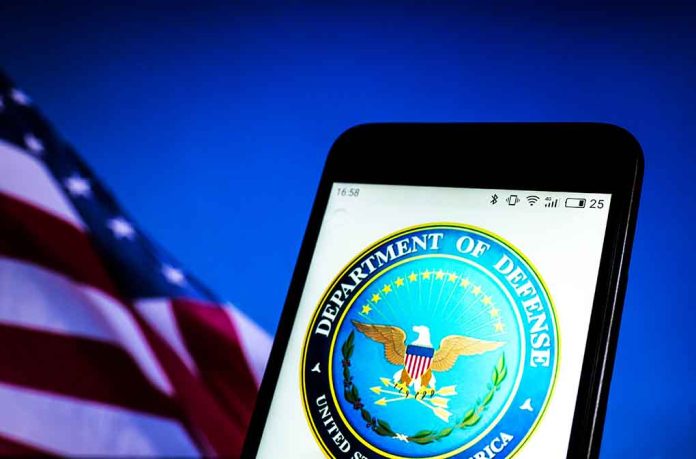
The United States is positioning MQ-4C Triton drones in Okinawa, Japan, a significant move to bolster surveillance in East Asia, but what does this mean for regional stability?
Key Takeaways
- The US is deploying MQ-4C Triton drones in Okinawa to enhance surveillance and defense.
- The drones will operate from Kadena Air Base indefinitely to monitor regional activities.
- This initiative strengthens the US-Japan alliance amid rising tensions with China.
- Japan plans to deploy missiles and smaller drones to fortify its national defense.
- Joint military exercises simulated responses to potential threats from China.
Strategic Drone Deployment
The United States is deploying large reconnaissance drones to the southern Japanese island of Okinawa. This step aims to enhance American and Japanese intelligence and surveillance capabilities in East Asia. The deployment seeks to address concerns over China’s increasing military activities, particularly around Taiwan. The MQ-4C Triton aircraft are set to begin their operations out of Kadena Air Base within a few weeks, marking the latest development in the US-Japan defense collaboration. This will see the drones stationed indefinitely to monitor regional security dynamics.
This drone deployment initiative responds to rising tensions in the region. Japan and the US have underscored greater military cooperation, conducting joint exercises such as “Keen Edge” to simulate potential responses to a Chinese military incursion into Taiwan. This represents the first Japan-US exercise dedicated to managing a Taiwan-related crisis. Currently, approximately 54,000 US military personnel are stationed primarily in Okinawa, reinforcing the long-standing strategic presence in the region.
NEW – US to deploy large surveillance drones to Japan’s Okinawahttps://t.co/6Mo2G7mfgh
— Insider Paper (@TheInsiderPaper) April 8, 2025
Enhancing Regional Security
The enhanced surveillance initiative targets tracking Chinese military maneuvers. Kadena Air Base’s operations will help provide a clearer picture of Chinese operations, complemented by Japan’s plans to boost its defensive systems by deploying long-range missiles on Kyushu and procuring smaller attack drones. Japan’s Defense Minister, Gen Nakatani, noted that the security environment is “becoming increasingly severe.” This move aligns with Japan’s broader defense upgrade in response to repeated drone incursions from China.
To further these efforts, Japan’s 2025 foreign policy report has highlighted the increasing military collaboration between Beijing and Moscow, along with concerns over North Korea’s defense developments. This regional security enhancement through drone deployment follows President Donald Trump’s calls for allied countries to increase defense spending to counter potential threats from China and North Korea.
Global Implications
China’s military drills near Taiwan have intensified, causing regional worry. The international community remains watchful of further developments, as actions in the East Asia arena continue to shape geopolitical complexities. NATO chief Mark Rutte described China’s military growth as “staggering,” highlighting global concerns over an expansionist Beijing. The MQ-4C Triton’s deployment is a crucial focal point in the Japan-US strategic alliance, focused on countering evolving military threats.
Strengthening the intelligence capabilities of Japan and the US exemplifies ongoing efforts to deter potential escalations. This deployment’s duration and impact on diplomatic relations in East Asia remain critical considerations in unfolding defense narratives. The repercussions of this bold move will likely resonate beyond the region, affecting alliances and power dynamics on a global scale.
Sources
- US to deploy large reconnaissance drones on southern Japanese island
- U.S. to send long-range surveillance drones to Japan amid Taiwan tensions
- US to Deploy Large Surveillance Drones to Japan’s Okinawa
- US to deploy large surveillance drones to Japan’s Okinawa













